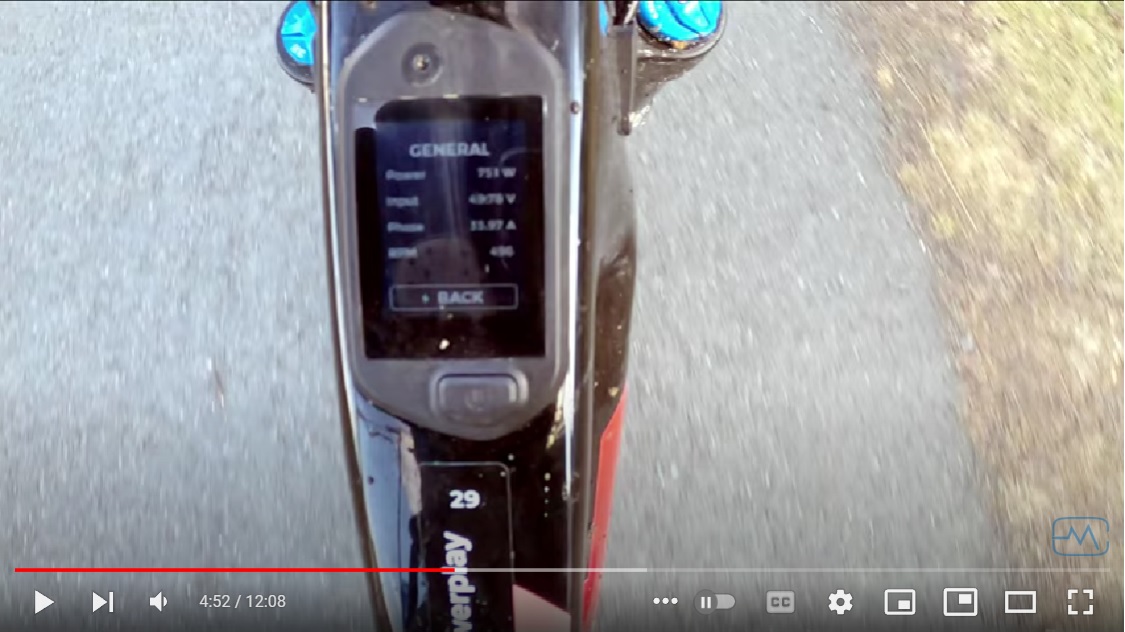I've been riding a E8000 based emtb for the last few years and am thinking of getting a new bike. Ideally I'd like one of the new lighter bikes, but don't really want to have less power than I have at the moment (probably a common request!)
The graph below I got from this article - e-MTB and STEPS Riding Characteristic assist levels explained | BetterShifting.com
I've got both my Boost and Trail modes set to Medium, so I'm getting 200% and 90% Assist Ratio respectively. But what does this actually mean in the real world? 200%, 90% of what exactly?
And how would the current crop of lighter bikes (eg the 60NM EP8 RS in the Orbea Rise with Boost set to Max) compare in feel on the trail to my current setup - considering that I'm not using the 'High' setting in Boost, so theoretically not using the maximum assist that the motor could give.

The graph below I got from this article - e-MTB and STEPS Riding Characteristic assist levels explained | BetterShifting.com
I've got both my Boost and Trail modes set to Medium, so I'm getting 200% and 90% Assist Ratio respectively. But what does this actually mean in the real world? 200%, 90% of what exactly?
And how would the current crop of lighter bikes (eg the 60NM EP8 RS in the Orbea Rise with Boost set to Max) compare in feel on the trail to my current setup - considering that I'm not using the 'High' setting in Boost, so theoretically not using the maximum assist that the motor could give.


